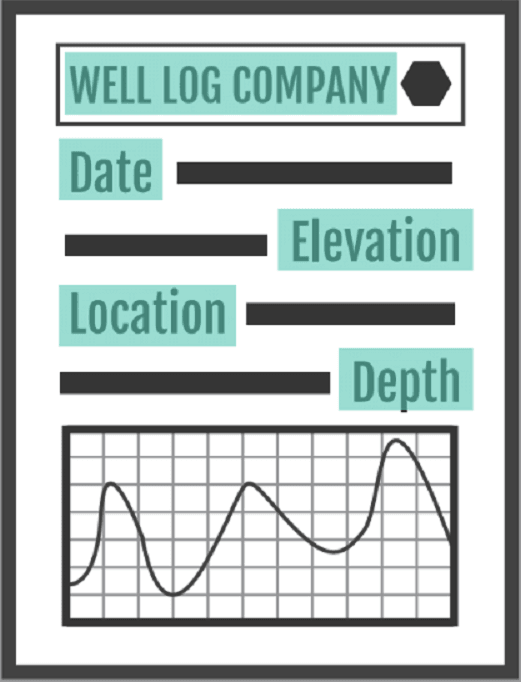
With the emergence of AI and Machine Learning, metadata extraction has now reached a new paradigm. The evolution of this process has rendered manual metadata extraction wildly ineffective and will require consumers of this data to adopt tools like our Nspect solution, so they aren’t left behind in this proverbial “arms race”. One only need consider the value of full-scale prediction on entire regions vs just looking well to well.
We recently finished a project for a top exploration company where another vendor initiated the project but we took over about 10% of the way through. The customer made a critical decision to abandon a vendor they had used for years in favor of Nth DS, because their project deadline was in 9 months and their vendor was on pace to finish the project in 13-15 months. The primary issue was a massive bottleneck of roughly 100,000 documents cluttered in 6000+ folders that needed to be sorted through to find gamma curves and tabular data. To remove this bottleneck, we used a machine learning approach to classify all data and using a python algorithm we segregated the files we identified as ‘curves’ into one folder and ‘tabular’ into another. This would have taken anywhere from 3-5 months to do with a manual process. Our “Crawler” ran through all files and sorted them in a week! Once the files were sorted, we extracted the x,y plots from the curves using a neural net and some other approaches. Roughly 2500 gamma curves were extracted into LAS format in 1 week. The tabular data numbered around 3500 wells and 30,000 pages which were subsequently completed in 45 days. Moreover, we saved them 30% on their projected spend!
The net result was astounding. The customer was able to process the files exponentially faster than the manual method…and we were able to not only save the Project Manager from missing a deadline, but more importantly, he was able to provide the data to the petrophysical team over a year ahead of schedule. The impact is incalculable on the benefit to an exploration team! Since the completion of this project we have been able to process several projects for their sub surface team, including the extraction of nearly 50,000 well log headers.
If history has taught us one thing, it’s that the group who ends up on top is almost always an early adopter of cutting edge tech. It’s likely that your current vendor is using these archaic processes to extract your data and quite frankly, overcharging you in the process…in modern competition, one simply cannot afford to work with companies that are behind the evolutionary curve. Enhance your company’s digital strategy and start by arranging a demo with us.
Upcoming Shows:
PNEC – May 21-22
